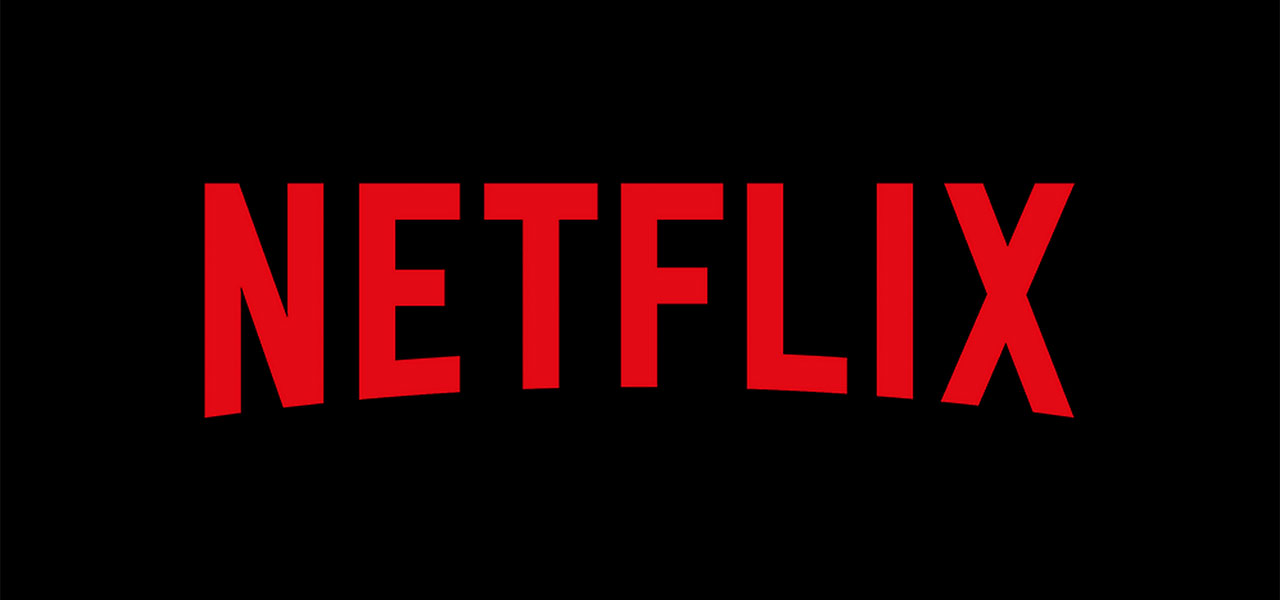
How big was the drop? The biggest shock for investors was that the company reported a loss of 200,000 subscribers worldwide in the first quarter of 2022. It’s the first time since the company split its dvd and streaming businesses in 2011 that Netflix has seen a fall in subscriber numbers. Price hikes in the U.S. and Canada resulted in a loss of 600,000 subscribers in these two countries alone, though Japan, India, and the Philippines added subscribers. Some perspective: the company had forecast 2.5 million additional subscribers in Q1, which was already considered a disappointment since they had added 4 million in the same period of 2021. To make matters worse, Netflix offered even weaker guidance for Q2, warning that it may lose another two million subscribers over the next three months.
What happened? Investors and analysts had low expectations for this quarter, but Netflix underperformed even those already-weak projections. As a result, the company’s shares hit their lowest point since early 2018, falling as much as 37% by Wednesday morning. The drop resulted in a loss of over billion in market cap, plunging the company’s valuation to under 0 billion. This week’s drop is just the latest in a series of financial blows suffered by Netflix, and combined with a January drop of 20%, has seen the company’s shares lose two-thirds of their value over the past six months. Investors who once treated Netflix as a high-tech growth stock have clearly readjusted to viewing the company as a traditional media content provider.
Are Netflix’s competitors celebrating? Not likely. Streaming platforms exist in an ecosystem, and often what’s bad for one can have an adverse effect on all. Today, Roku, Disney, Warner Bros. Discovery, and Paramount Global all suffered drops in their trading value. For a company like Disney which has three streaming platforms of its own – Disney+, Hulu, and ESPN+ – seeing the global industry leader suffer to this extent must be concerning, even if they are a direct competitor. Unlike Netflix though, Disney is a highly diversified company with significant revenue streams from theme parks and consumer products, among other areas.
Are there any mitigating circumstances? Just as Netflix benefitted from Covid-19 tailwinds, it’s now staring down headwinds created by the conflict in Ukraine. According to the company, it lost 700,000 subscribers in Russia during Q1. That number implies that under normal circumstances the company would have seen a growth of half a million subscribers. Still, that is far short of its earlier quarterly projection of 2.5 million new subscribers.
- Create a lower-cost, ad-supported tier. “Those who have followed Netflix know that I have been against the complexity of advertising and a big fan of the simplicity of subscription,” said Netflix co-CEO and co-founder Reed Hastings. “But as much as I’m a fan of that, I’m a bigger fan of consumer choice, and allowing consumers who would like to have a lower price and are advertising-tolerant get what they want makes a lot of sense.”
- Crack down on password sharing. Netflix started testing password-sharing solutions last year in several territories, and on Tuesday’s interview they made it clear that more strict account-sharing limitations are on the way for the rest of the world.
- Decrease content spend. “We’re pulling back on some of our spend growth across both content and non-content spend” said Netflix CFO Spencer Neumann in the video. “We’re trying to be smart about it and prudent in terms of pulling back on some of that spend growth to reflect on the realities of the revenue growth of the business.”
Possible fixes? In the company’s earnings interview, the executives announced likely measures that could stem the bleeding.
Why has subscriber growth stagnated to this degree? Netflix pointed to a few contributing factors that have slowed, and in some places reversed, subscriber growth. Chiefly among them, the company estimated that more than 100 million households worldwide are using shared Netflix accounts, with more than 30 million of those being in the U.S. and Canada. The company also pointed to content production problems resulting from the Covid-19 pandemic as well as increased competition from emerging platforms in many territories.





